Bowler's Academy
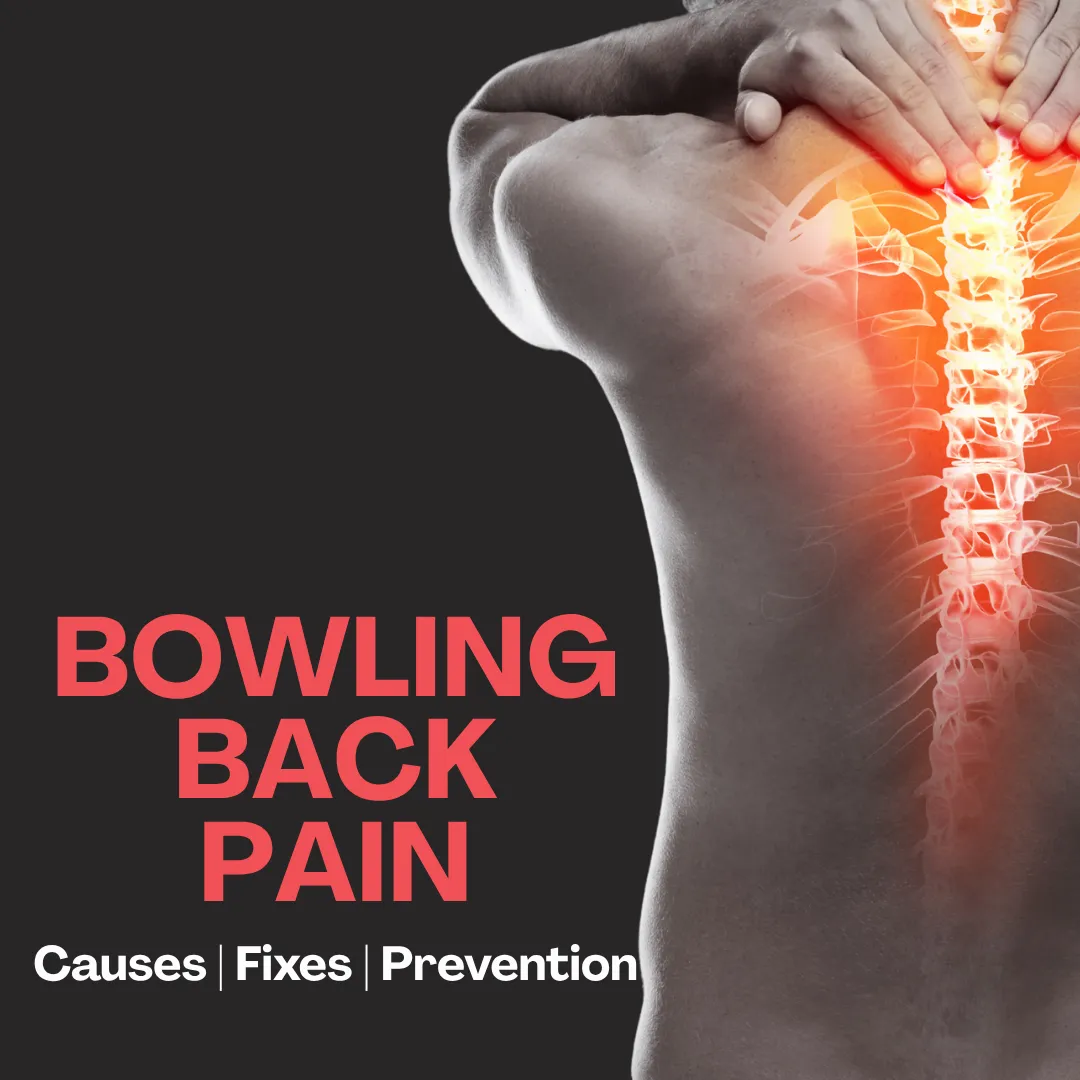
Bowling Back Pain: Prevention and Relief Tips That Work
Back pain has become one of the most common physical issues in the 21stcentury. And bowling, unfortunately, is no exception. Bowling back pain is more common than most think. Many bowlers deal withsoreness, stiffness, or serious injury. If left untreated, it can ruin yourgame, cause missed tournaments, or lead to long-term issues. In this article, you’ll learn what causes bowling back pain and how to preventit. We’ll also cover proven tips to manage pain and stay strong on the lanes. Please note: Some links in this article may be affiliate links. We may earna small commission to support our work, at no extra cost to you. Causes of Bowling Back Pain Bowling forces your body to move in an uneven way. Most of the strain goes toyour dominant side. This causes a muscular imbalance - one side becomesoverused while the other stays weak. Over time, that imbalance puts pressure on your spine and lower back. It’s oneof the most common causes of bowling back pain. Another major cause is muscle strain. A sudden or forceful movement - such asan overextension during a release - can lead to painful strain. It may alsotear the muscles, ligaments, or tendons in the lower back. Bowling players are professional athletes, so injuries are inevitable. Bowlersoften rush to get back on the lanes, so past injuries that have not healed yetcan also cause bowling back pain. Eventually, poor mechanics cause more strain. One small issue can triggersoreness in other parts of the body. Ignoring these early signs often leads tolong-term bowling back pain. How to Prevent and Relieve Bowling Back Pain Every bowler should be proactive in caring for their physical health. Here arefive essential strategies to help reduce and manage bowling back pain. 1. Therapeutic treatment A medical expert is always the best option to treat bowling back pain.Depending on your condition, the therapist will design a personal plan. It mayinclude stretching, strength, coordination, and relaxation exercises. Thesetargeted movements help eliminate the root causes of bowling back pain. 2. Exercising Exercising just 15 minutes a day can strengthen your core and back muscles.This helps prevent muscular imbalance and reduces the risk of bowling backpain. You don’t need a gym membership. Low-impact activities like walking,cycling, or at-home core workouts are more than enough. 3. Stretching Starting your bowling game or tournament without stretching is a big mistake.It puts unnecessary strain on your muscles. Lack of stretching reducesperformance and increases the risk of joint pain and muscle damage. Do basicstretches at least 20 minutes before the game to prevent bowling back pain. 4. Heat & Ice treatment Applying a cold pack on your back can help relieve pain and reduceinflammation. It also improves mobility after bowling. Cold therapy is greatcare for your body after a long day at the lanes. For best results, apply coldfor 15 minutes several times within 24 hours after bowling. Then switch toheat therapy using a heat pad or hot tub. This loosens tight back muscles andeases bowling back pain. We recommend using Reusable Hot&Cold Teraphy Pack. Reusable Hot&Cold Teraphy Pack Alternatively, for deeper muscle recovery, you can also use amassage gun. Designed for athletes, this massage gun helps release tight fascia, reducesoreness, and improve recovery time. We recommend usingTheraGunbecouse it is powerful yet very easy to use. massage gun TheraGun 5. Maintain a healthy weight Excess body weight puts extra strain on the lower back. For bowlers, it canshift the pelvis forward and affect balance. This change increases the risk ofpain or injury. Maintaining a healthy weight through good nutrition andregular activity supports long-term back health. A balanced lifestyle alsohelps prevent bowling back pain. Conclusion on Bowling Back Pain Bowling back pain doesn’t have to stop you from playing the sport you love.Most cases improve with smart habits and consistent care. Focus on proper warm-ups, strength work, and recovery after each game. Listento your body and rest when needed. Ignoring the pain can turn a small probleminto a long-term issue. If your pain continues, seek help from a physical therapist or sports doctor.With the right care and determination, you can return to the lanes strongerthan before. Want to protect your whole body while bowling? Check out our guide to theBest Bowling Shoes of 2025 - the right shoes can help prevent pain from head to toe! Best Bowling Shoes of 2025 - Best Bowling Shoes of 2025
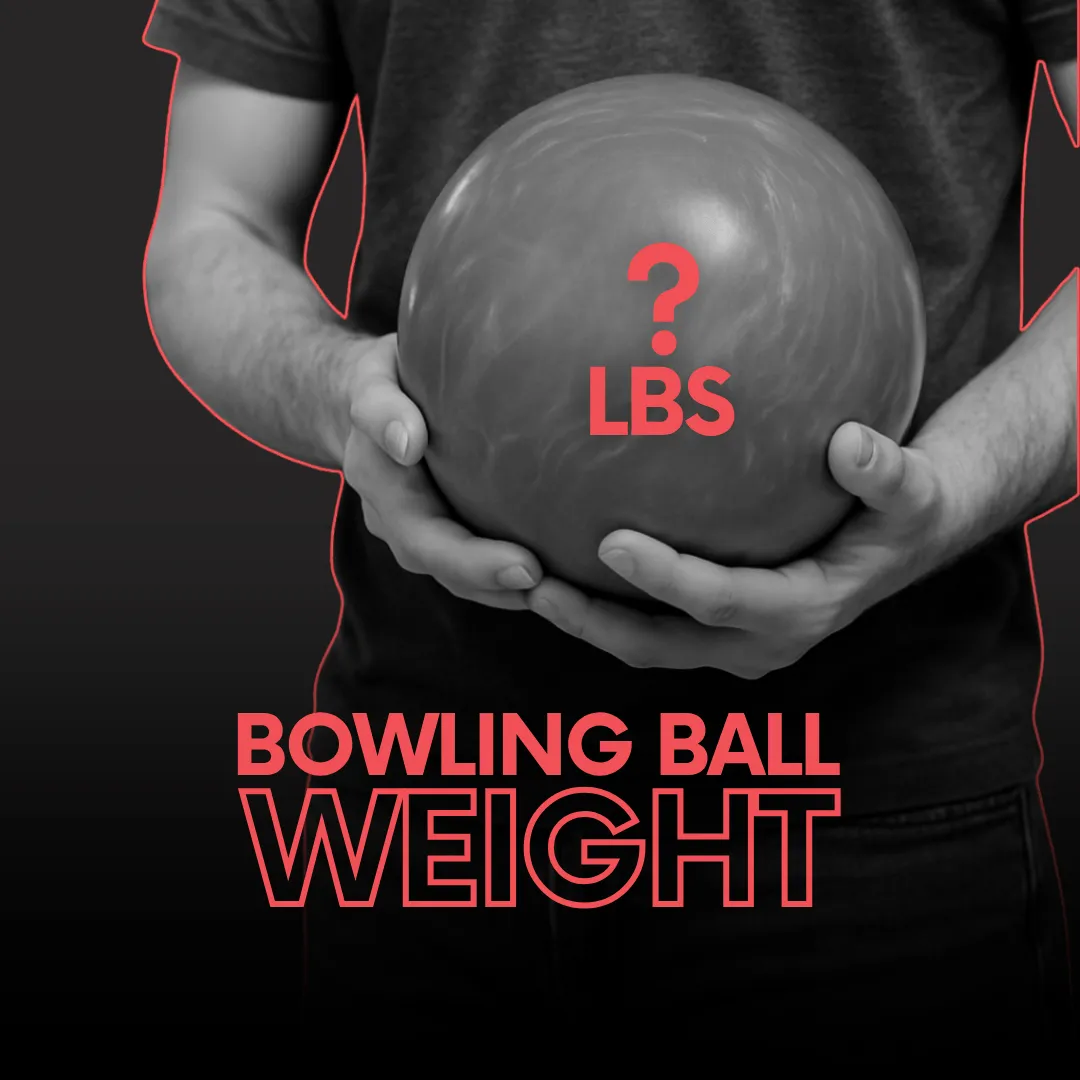
Best Bowling Ball Weight Guide: How to Choose the Right Weight
Choosing the right bowling ball weight plays a big role in your scores,comfort, and long-term progre
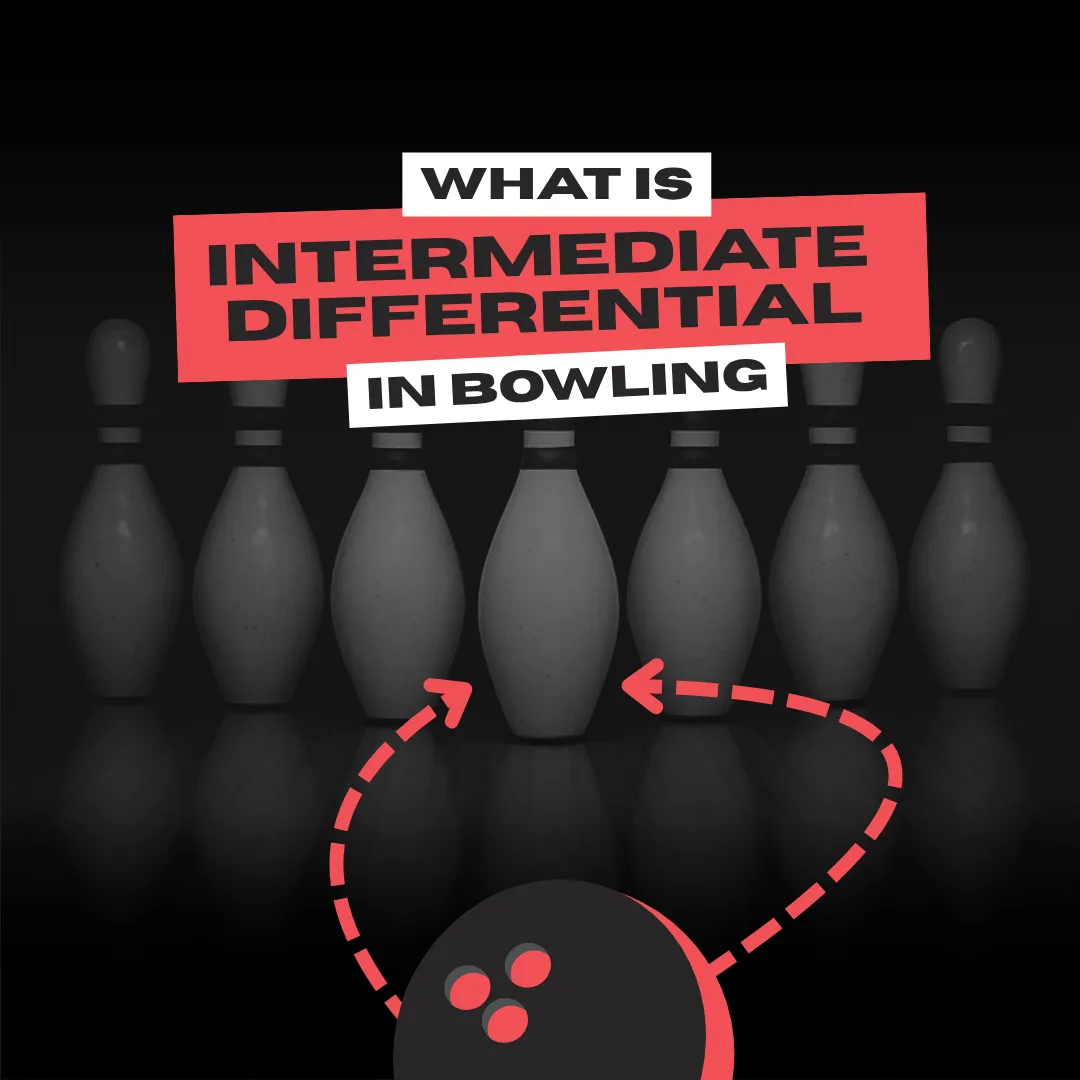
Intermediate Differential in Bowling: How It Affects Ball Motion
Understanding core numbers can help every bowler make better choices. One ofthe most important numbe
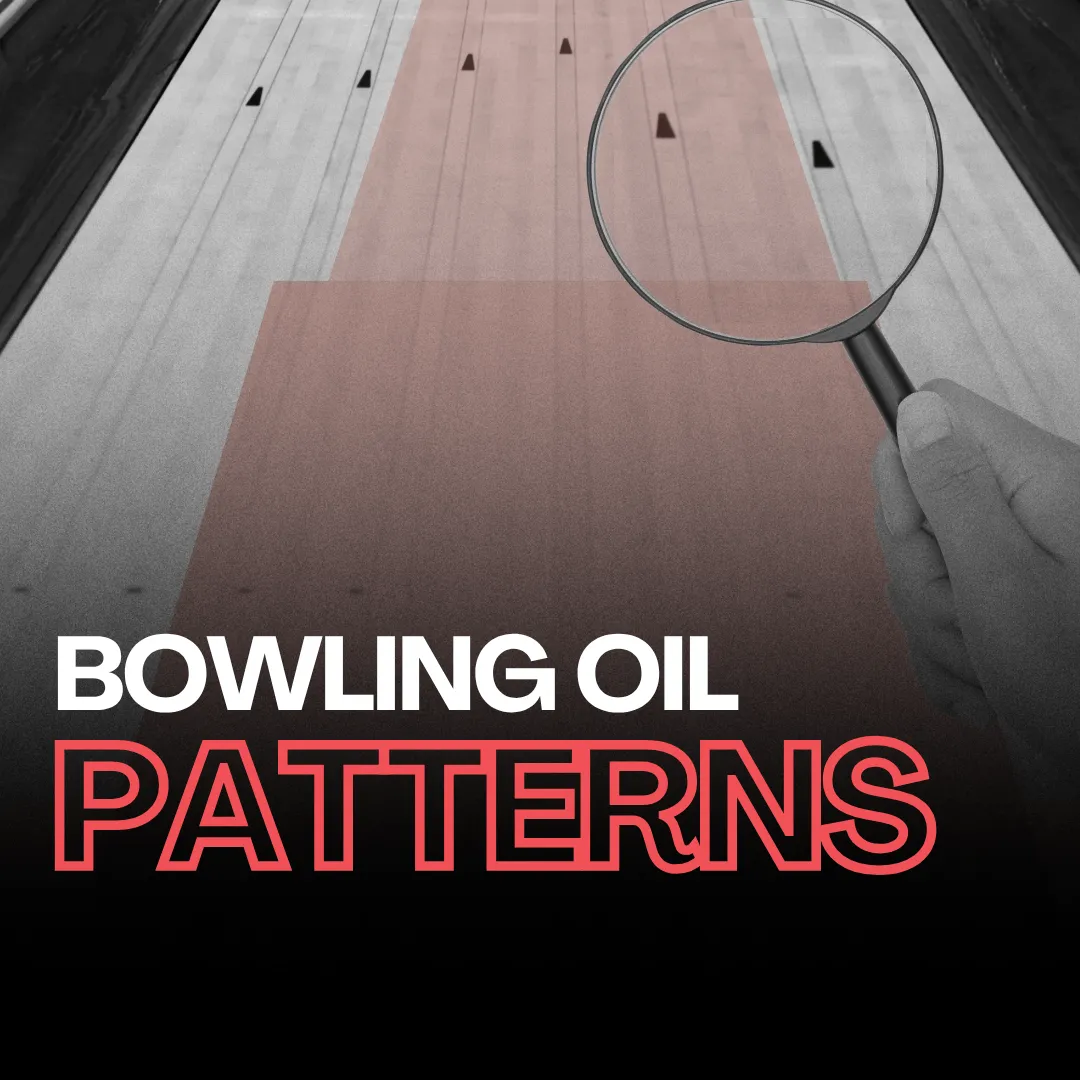
Bowling Oil Patterns: Read the Lanes Like a Pro
Ever wonder why your ball comes back slick and greasy? That’s lane oil - andit changes everything. B
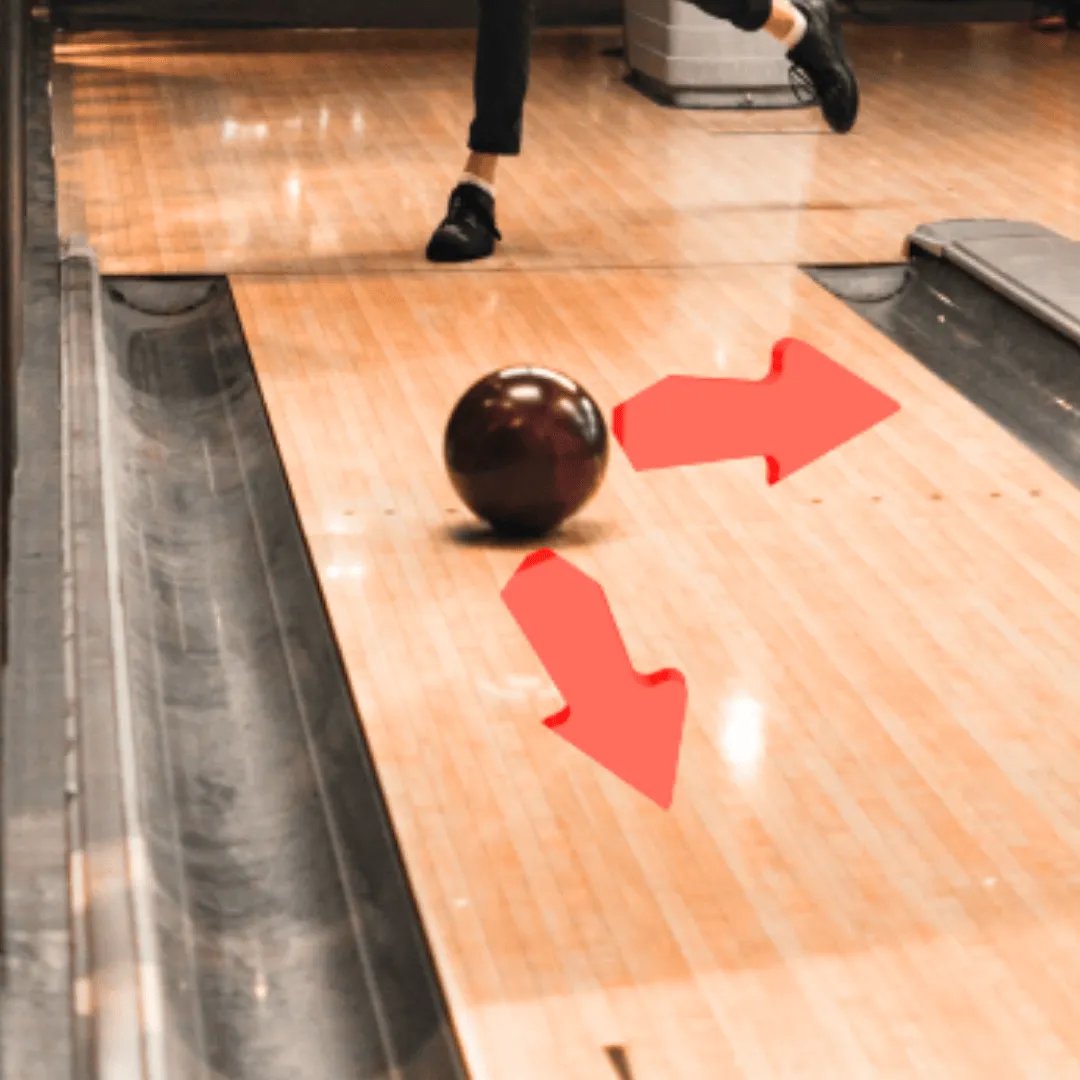
Understanding ball motion | Basics of axis rotation and axis tilt
Bowling is a sport that requires skill, precision, and an understanding of themechanics behind ball
Health & Nutrition

Bowling Back Pain: Prevention and Relief Tips That Work
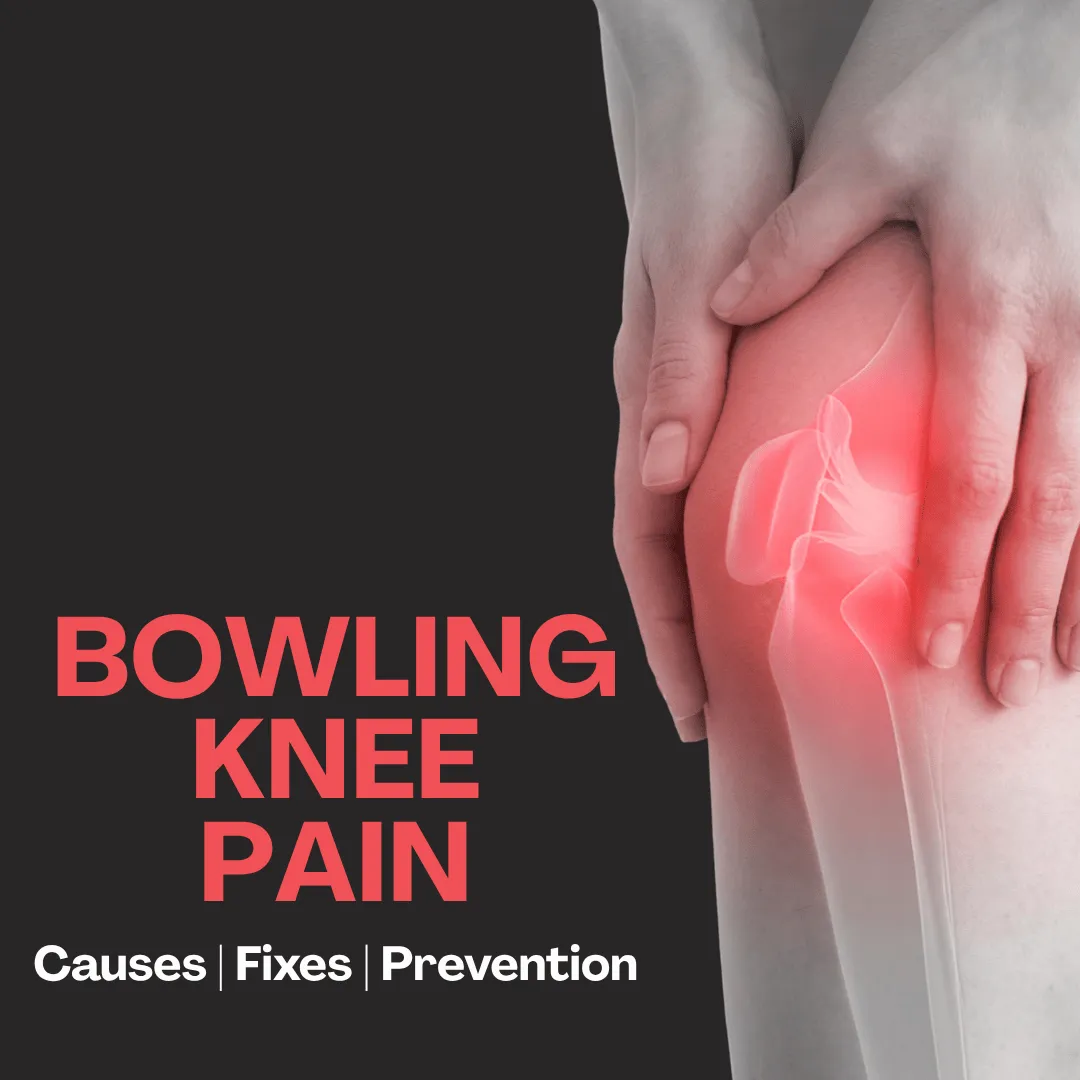
How To Prevent Bowling Knee Pain For Bowlers

Thumb Swelling in Bowling: Causes, Fixes, and Tips
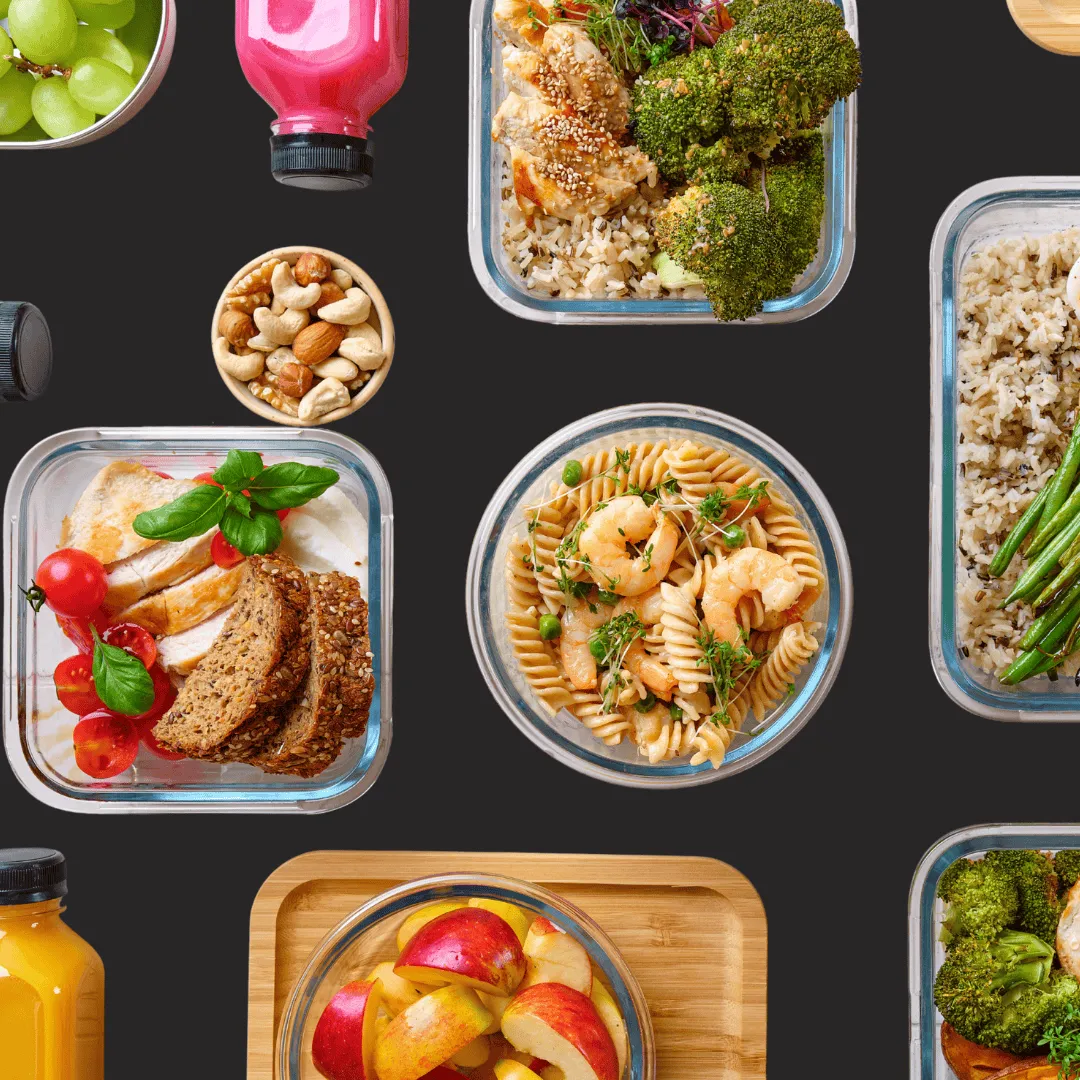
What to Eat Before, During & After a Tournament: Meal Plan for Bowlers
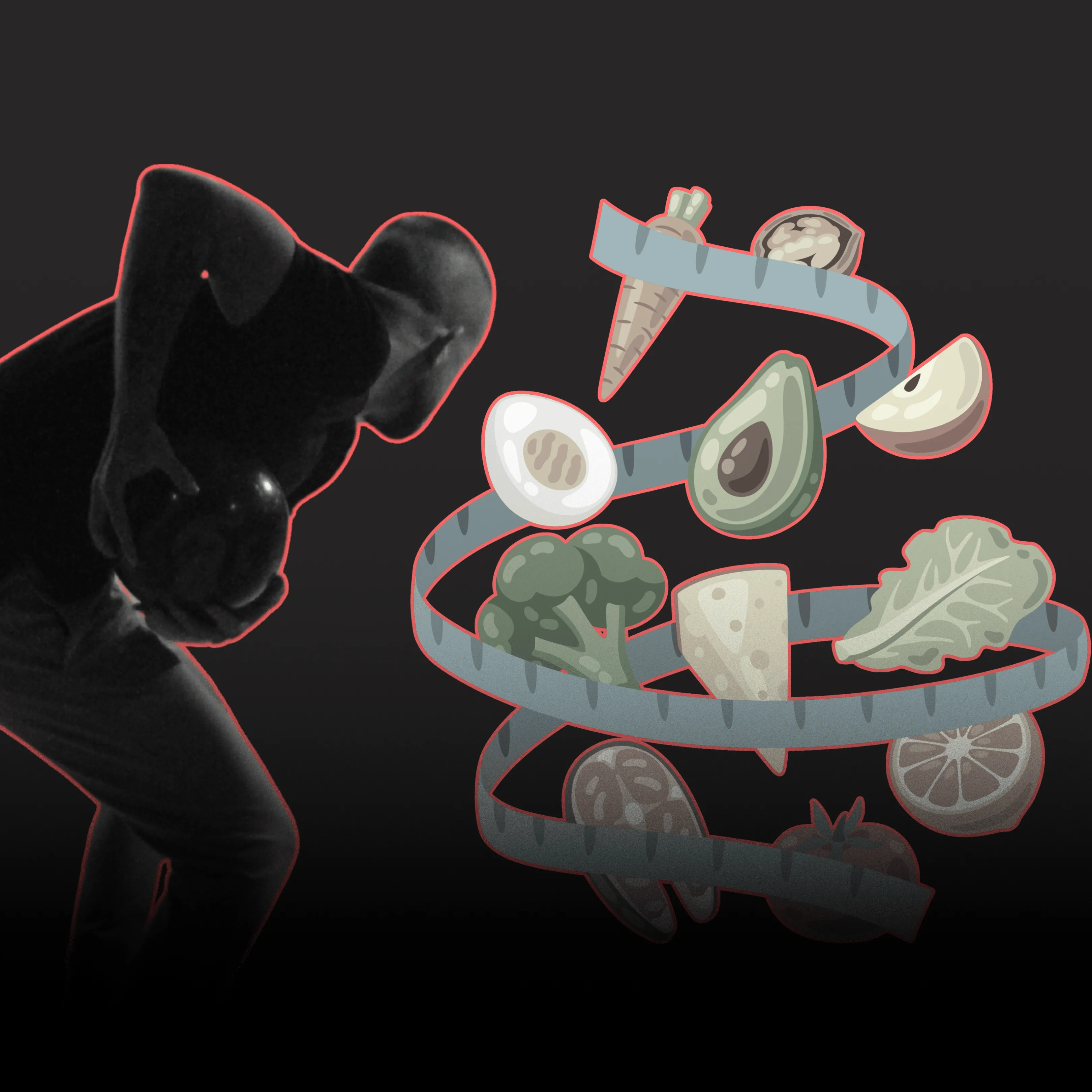
Performance Nutrition Tips For Your Next Bowling Tournament

Best Vitamins & Supplements For Bowling Players
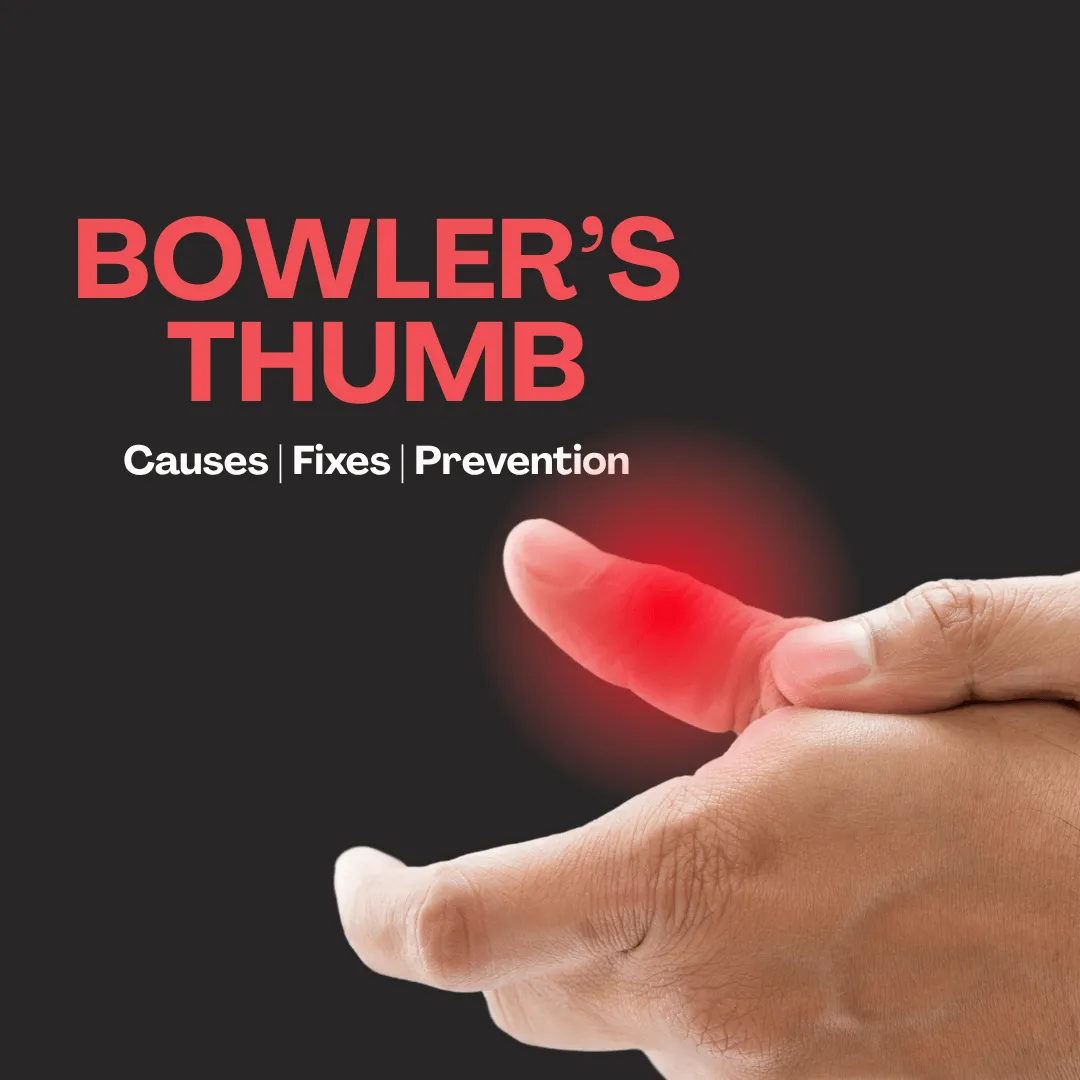
Bowler's Thumb: Causes, Symptoms, and Prevention for Pain-Free Bowling
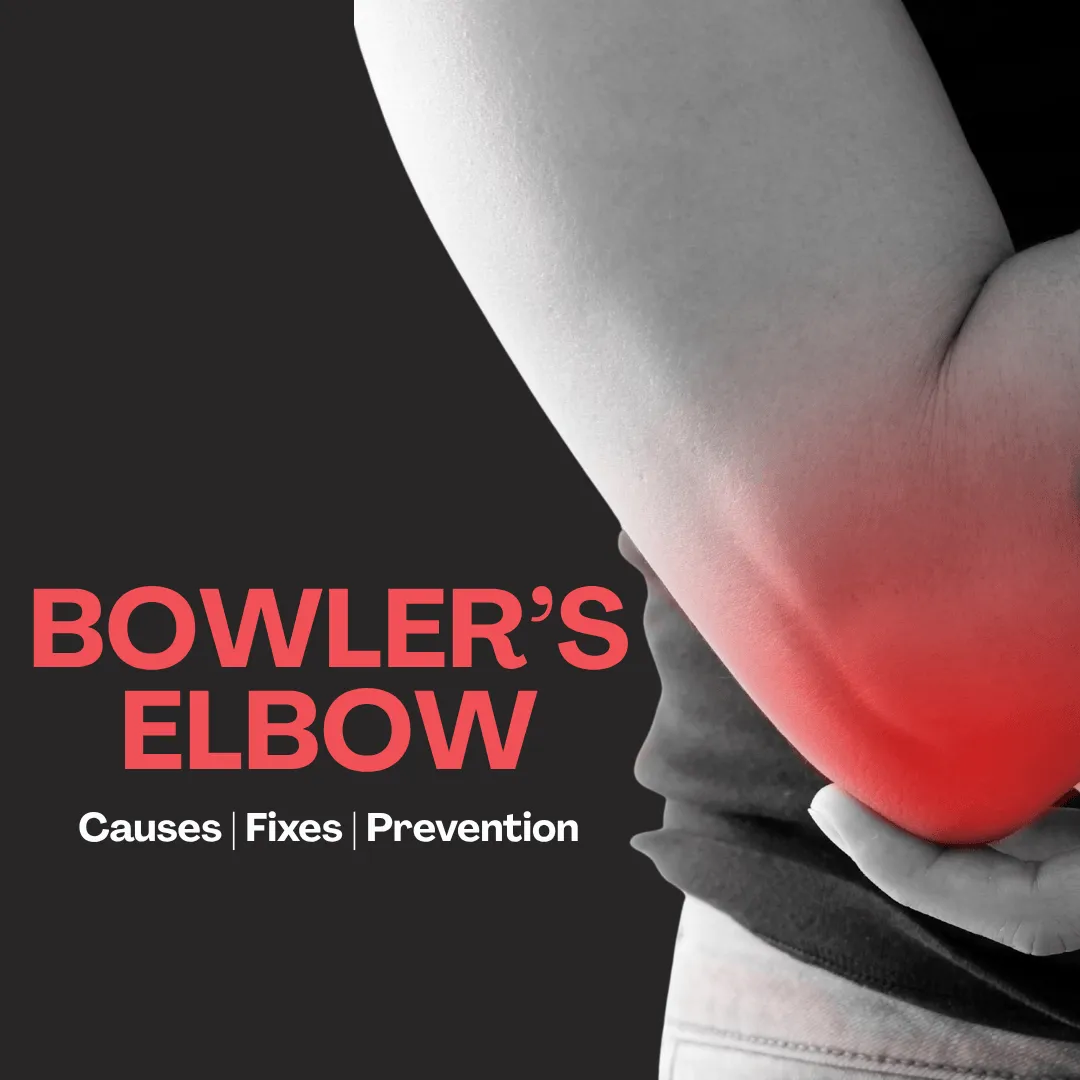
Bowler’s Elbow – Causes, Treatment, and Prevention for Healthy Bowling
Tips & Tricks

Best Bowling Ball Weight Guide: How to Choose the Right Weight

Intermediate Differential in Bowling: How It Affects Ball Motion

Bowling Oil Patterns: Read the Lanes Like a Pro

Understanding ball motion | Basics of axis rotation and axis tilt
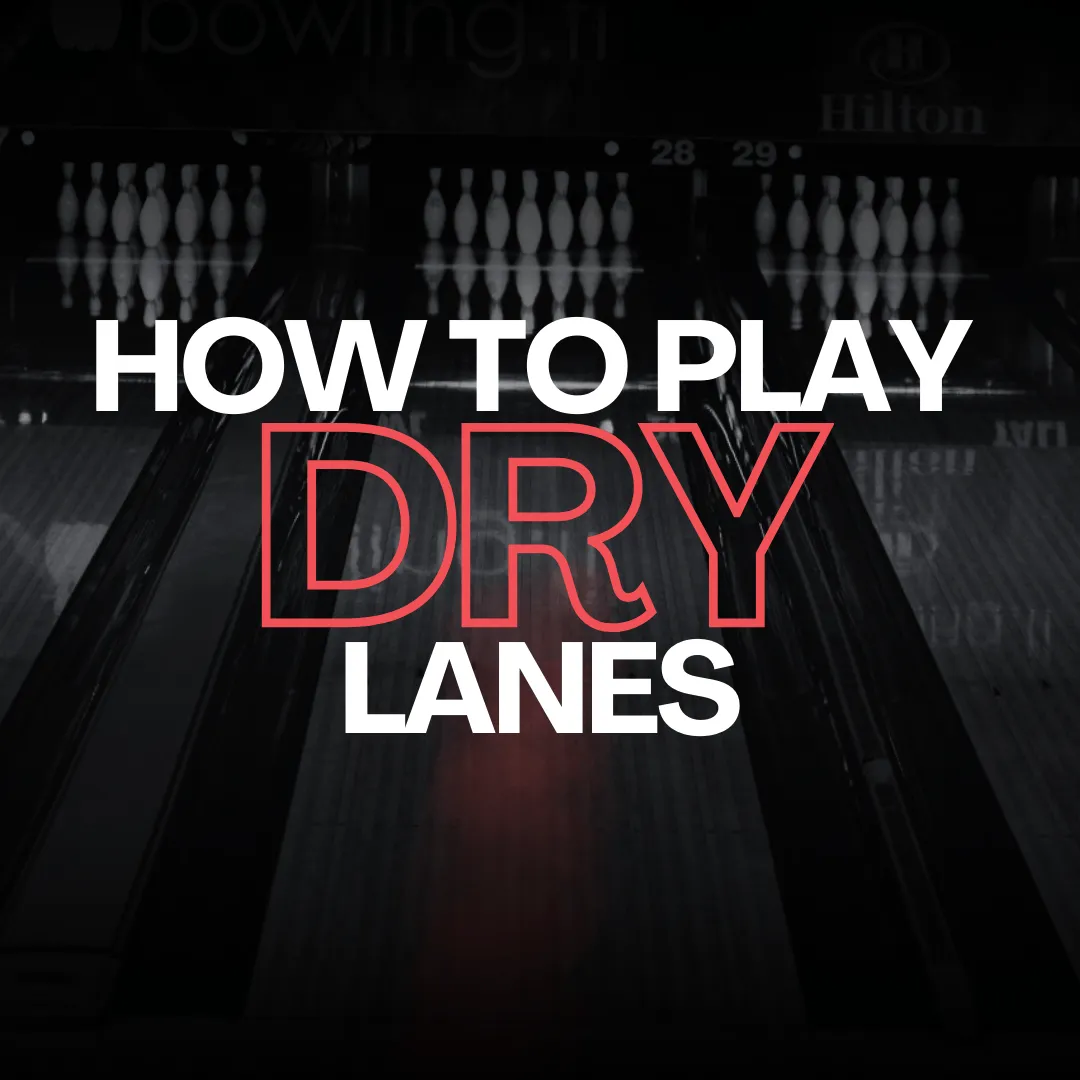
How to Bowl on Dry Lanes - Expert Tips for Bowlers
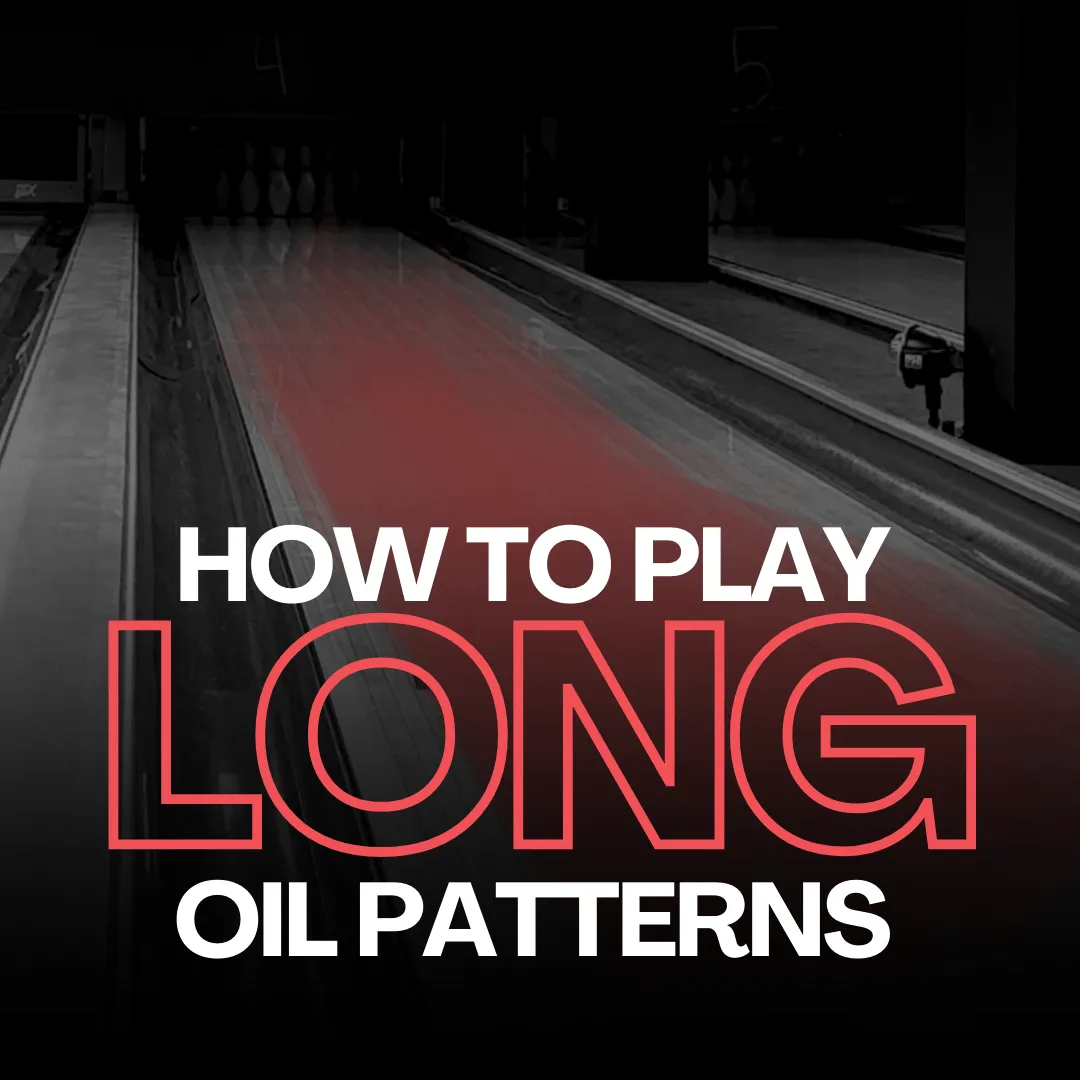
How to Bowl on Long Oil Patterns - Expert Tips

Why Do You Have to Wear Bowling Shoes and How to Choose
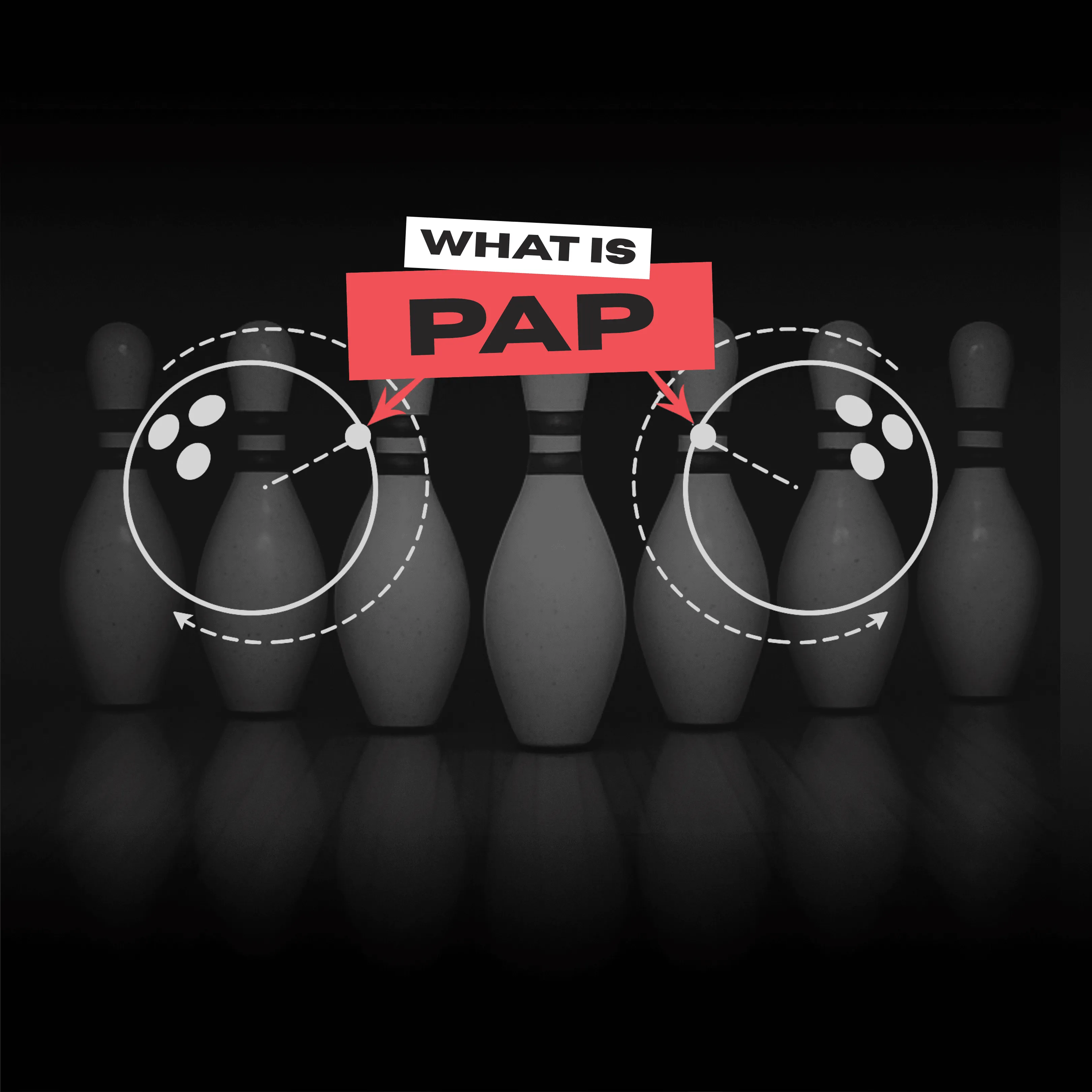
What Is PAP in Bowling And How It Impacts Your Ball Motion
Editorial
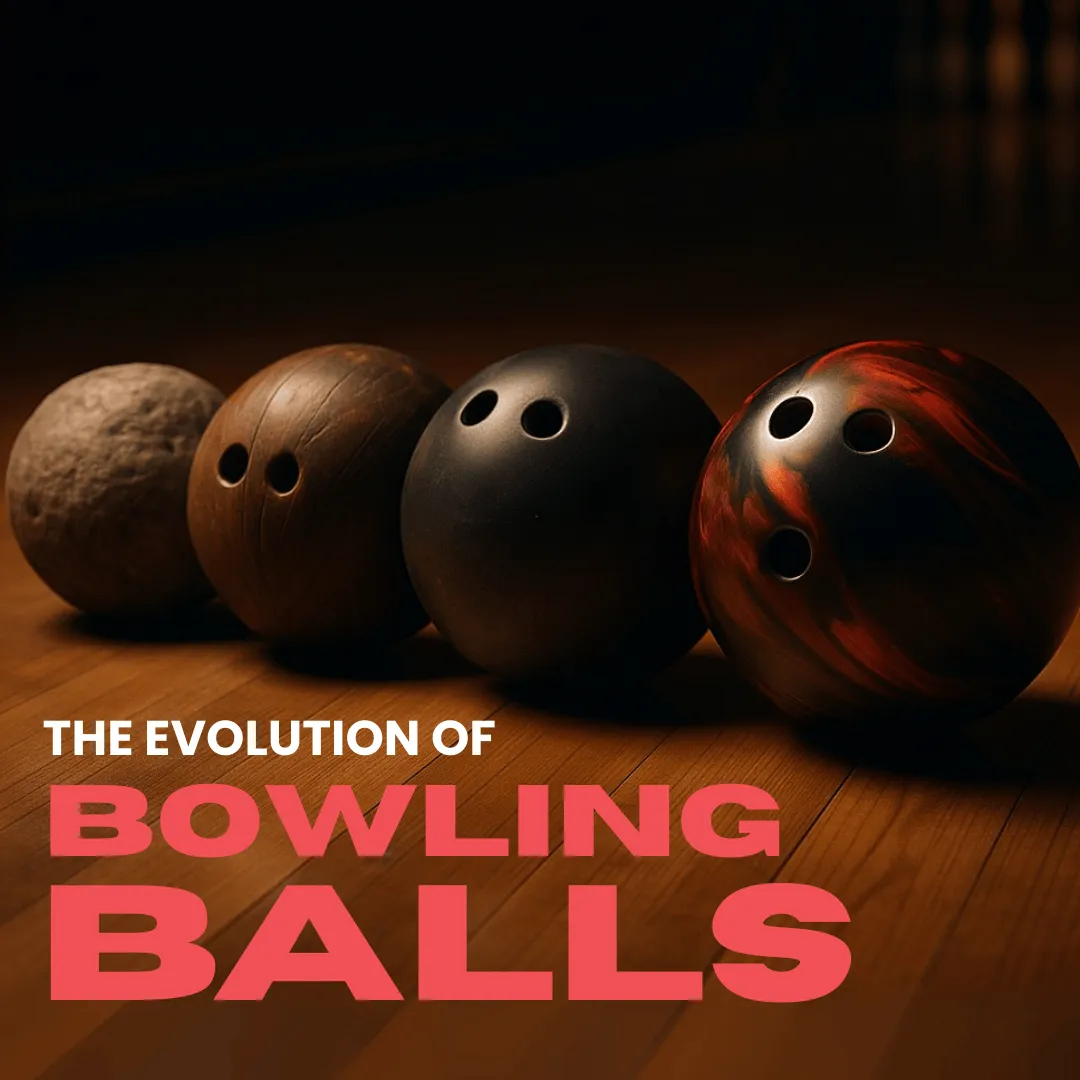
History of Bowling Balls: From Stone to High-Tech Sports Tool
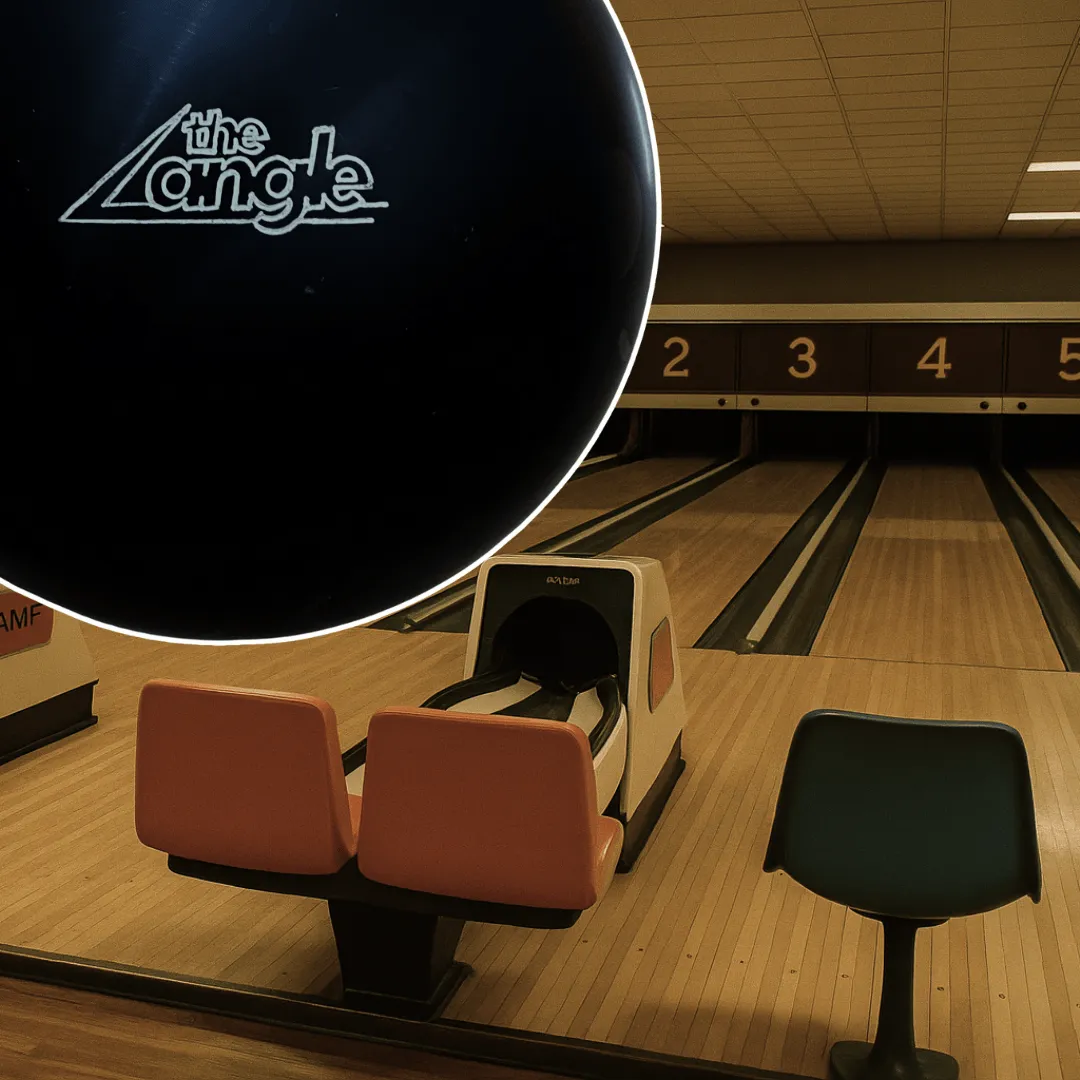
The First Time Bowling Tried to Ban Urethane - And Why It Failed
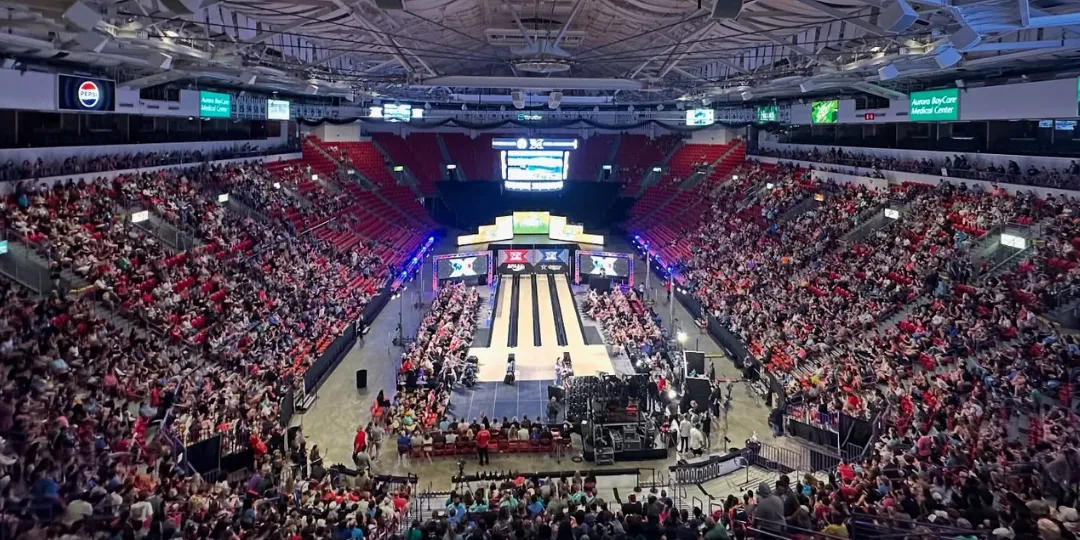
Bowling’s Back in the Arena: The Night It Finally Felt Like a Real Sport Again
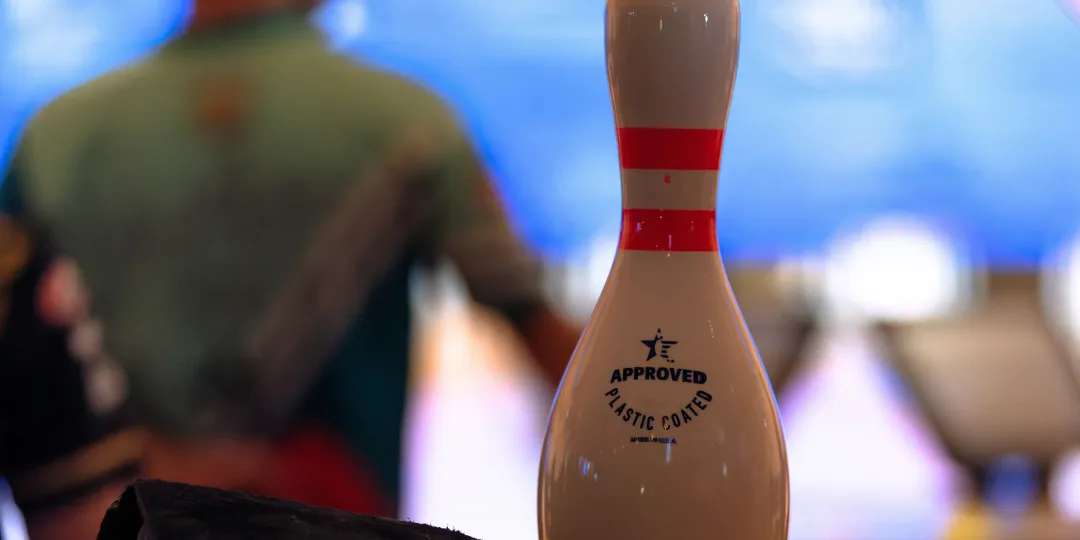
Is Bowling a Sport? Facts That Settle the Debate
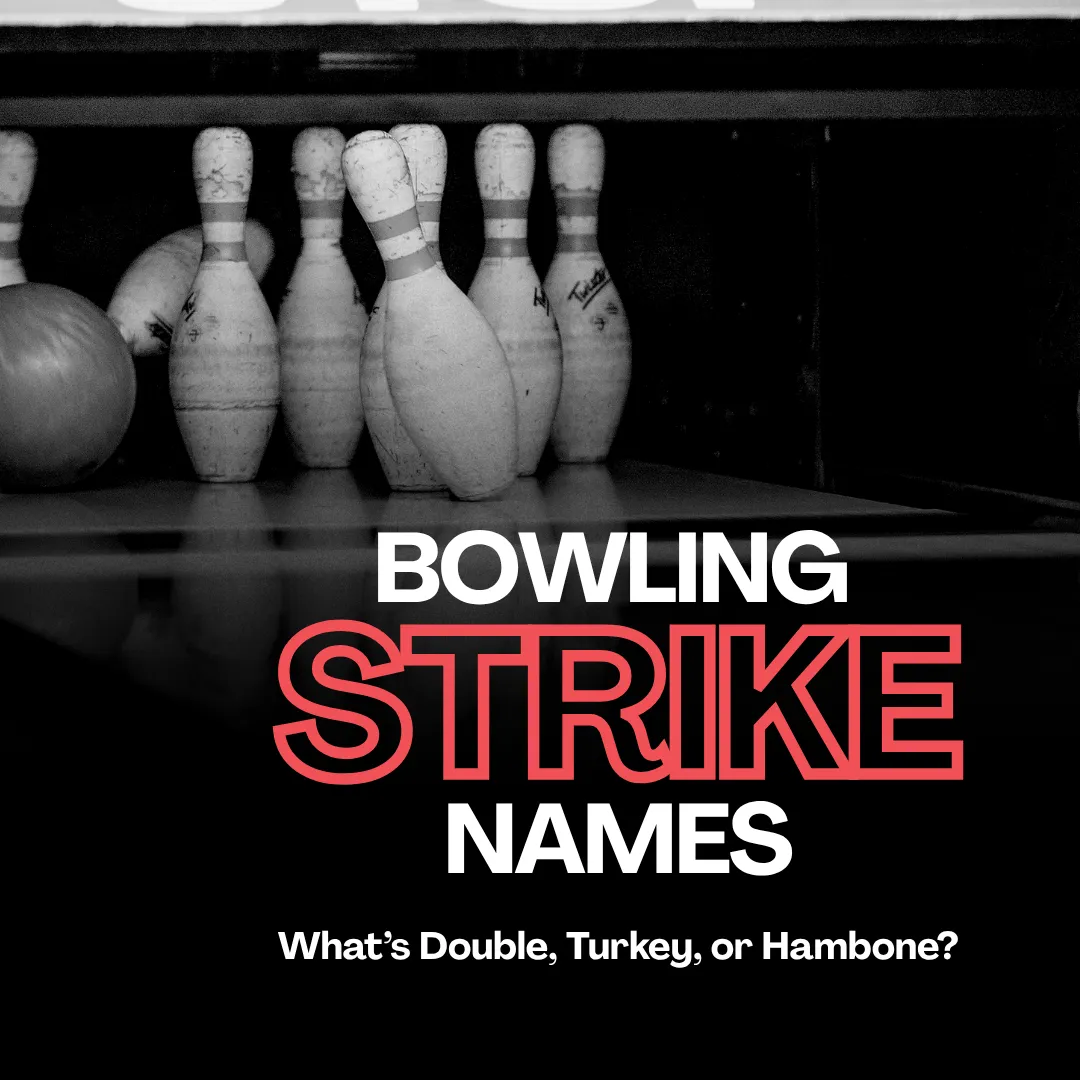
Bowling Strike Names: What’s a Turkey, Double, or Hambone?

The New Physics Model Could Change How Pros Bowl Strikes Forever

Don Carter: From Janitor to Biggest Endorsement Deal in Sports History
